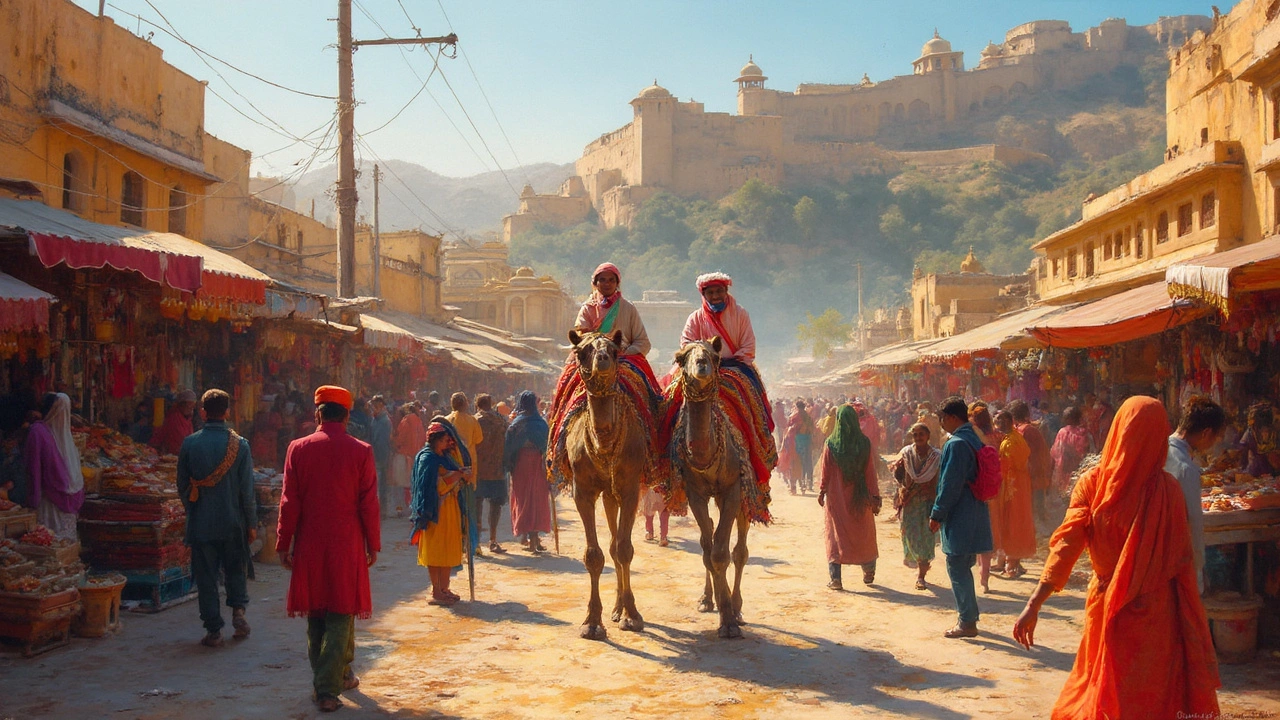SEARCH
Americans in India: Real‑World Tips and Stories for Your Trip
If you’re an American thinking about a big adventure in India, you’re not alone. Travelers from the US love the contrast of bustling cities, quiet mountains, and mouth‑watering street food. But the excitement can quickly turn into stress if you’re not prepared. Below you’ll find straight‑forward advice that saves time, money, and awkward moments, plus a few stories that show what makes India unforgettable.
What Draws Americans to India?
Most of us chase the iconic—Taj Mahal sunrise, Himalayan treks, and Kerala backwaters. The sheer variety of experiences fits every budget, from luxury resorts in Goa to budget hostels in Delhi. Many Americans also follow a personal quest: learning yoga in Rishikesh, volunteering in rural schools, or tasting authentic chai on a train. These motivations create a vibrant community online, so you’ll find fellow US travelers sharing tips on every corner of the country.
Practical Tips for a Smooth Trip
Visa basics. Most US citizens need an e‑tourist visa, which you can get in minutes online. Apply at least two weeks before departure, double‑check the passport’s six‑month validity rule, and print a soft copy to show at immigration.
Health and safety. Carry a basic medical kit: antacids, band‑aids, and a few antibiotics for common stomach upsets. Tap water is a no‑go for drinking—use bottled or filtered water. When you’re in crowded places like Delhi’s markets, keep your wallet in a front pocket and be ready to step back if a crowd gets too dense.
Money matters. Credit cards work in most hotels and larger stores, but cash is king in small towns and street stalls. Withdraw rupees from ATMs in major cities; the rate is usually better than currency exchange counters. A small amount of 500‑rupee notes covers most daily expenses without the hassle of change.
Getting around. India’s train network is extensive and cheap, but book tickets on the IRCTC website at least a week ahead for sleeper class seats. For short distances, app‑based cabs like Uber and Ola are reliable in metros. In rural areas, shared auto‑rickshaws are the fastest way to hop between villages.
Culture hacks. Dress modestly in temples: cover shoulders and knees, and remove shoes before entering. A simple “Namaste” goes a long way with locals. When bargaining in markets, start at 50 % of the asked price and smile—most sellers enjoy the game.
Food confidence. Don’t fear the spice. Start with a small portion of a local dish, see how you handle it, then add more. Look for places crowded with locals; high turnover means fresher food. If you’re unsure about street snacks, stick to cooked items like pani puri or grilled corn.
Finally, keep a flexible mindset. Delays, traffic jams, and unexpected festivals can reshape your itinerary in the best way possible. Embrace the chaos, snap a photo of the colorful chaos, and remember that each surprise adds a story you’ll share back home.
With these basics in hand, you’re ready to dive into India’s wild, welcoming, and wildly diverse world. Pack light, stay curious, and let the journey write its own chapter for you.

Is It Safe for Americans to Travel to India? Exploring North India Tourism
Traveling to India offers exciting experiences, especially in North India. While it promises adventure, understanding safety aspects is crucial to ensure a smooth trip. Travelers should be informed about cultural differences, health precautions, and regional tips. Engaging with local customs enhances the travel experience. Planning ahead and staying updated on local news can significantly influence safety.
Continue reading